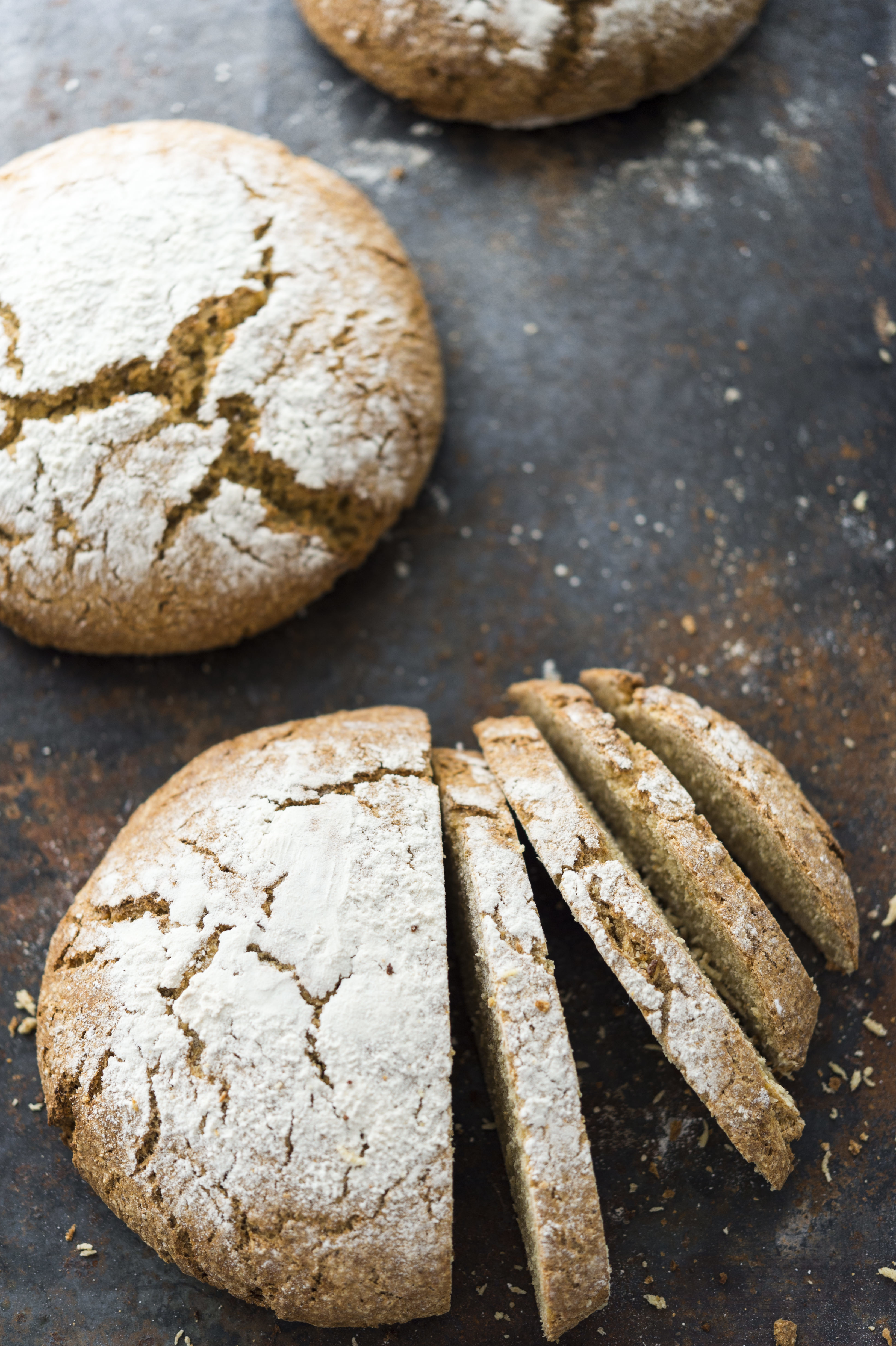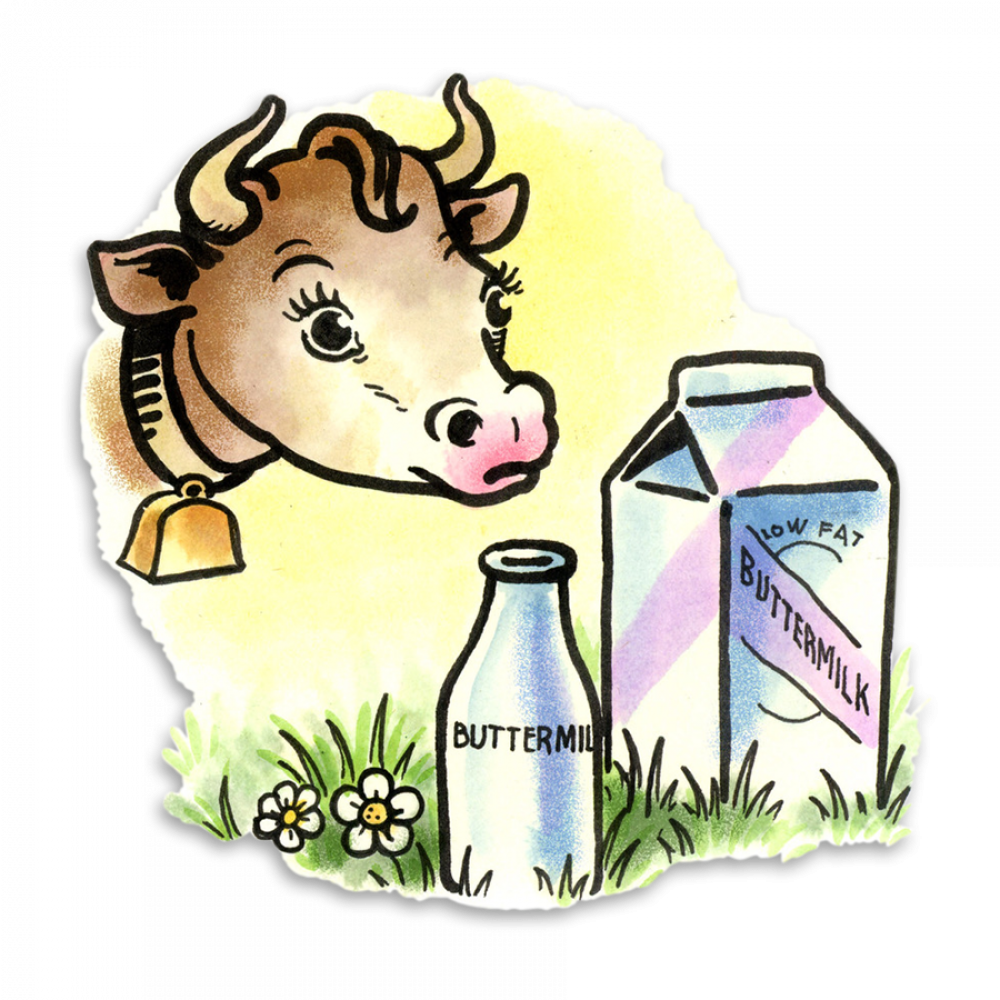Christy Avery, of Seattle, Washington, gets mixed results when using premium buttermilk rather than typical supermarket buttermilk. Some baked goods turn out great, while others fall flat. She wanted to know whether premium buttermilk is worth seeking out and, if so, what’s the best way to use it?
As the name suggests, buttermilk is the byproduct of making butter. In traditional production, cream is churned into butterfat and buttermilk. The latter gets its signature tangy flavor from naturally occurring lactic acid-producing bacteria. This acidifies the buttermilk, which reacts with leaveners to produce lighter, fluffier baked goods.
Today, most conventional buttermilk is made by culturing nonfat or low-fat milk with bacteria and adding stabilizers and thickeners. To see how the different styles of buttermilk affect baking, we made cornbread using three varieties: conventional cultured low-fat buttermilk; premium buttermilk, such as Kate’s (made the old-fashioned way, as a butter byproduct); and a common homemade buttermilk substitute, which calls for mixing whole milk with lemon juice.

We found that the premium buttermilk yielded the moistest, most flavorful cornbread, while the homemade buttermilk substitute came in a close second. We got similar results with a vanilla snack cake. In both cases, our least favorite was the conventional buttermilk, which produced chewy, slightly tough baked goods. Pancakes were an anomaly, cooking up lighter and fluffier with conventional buttermilk than with either the premium or homemade versions.
Our conclusion: For everyday use, such as pancakes, conventional buttermilk probably is fine. But for tender, flavorful baked goods, premium buttermilk (or the homemade substitute) may be a better approach.
Join the conversation on Facebook, Twitter, Instagram and Pinterest.




